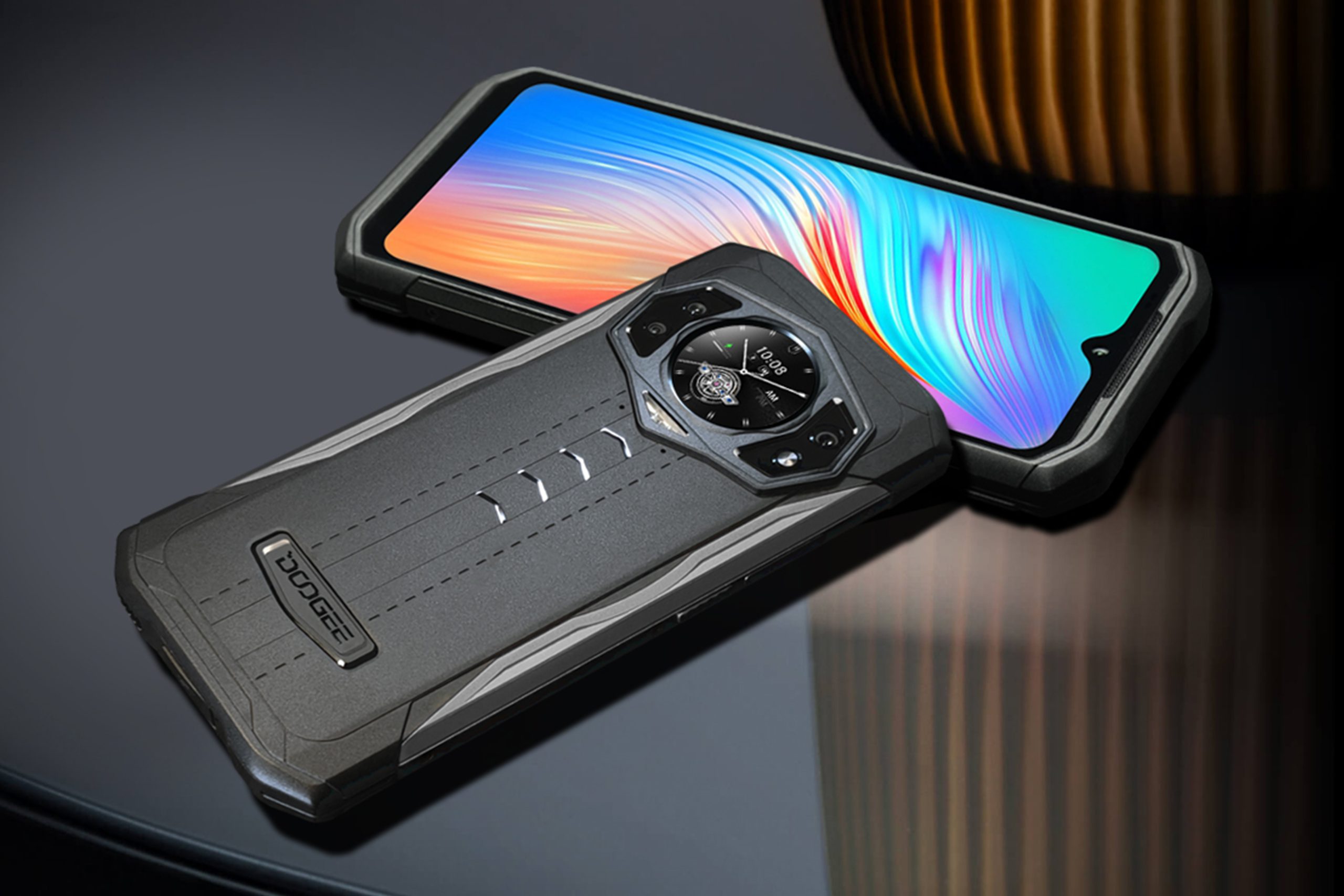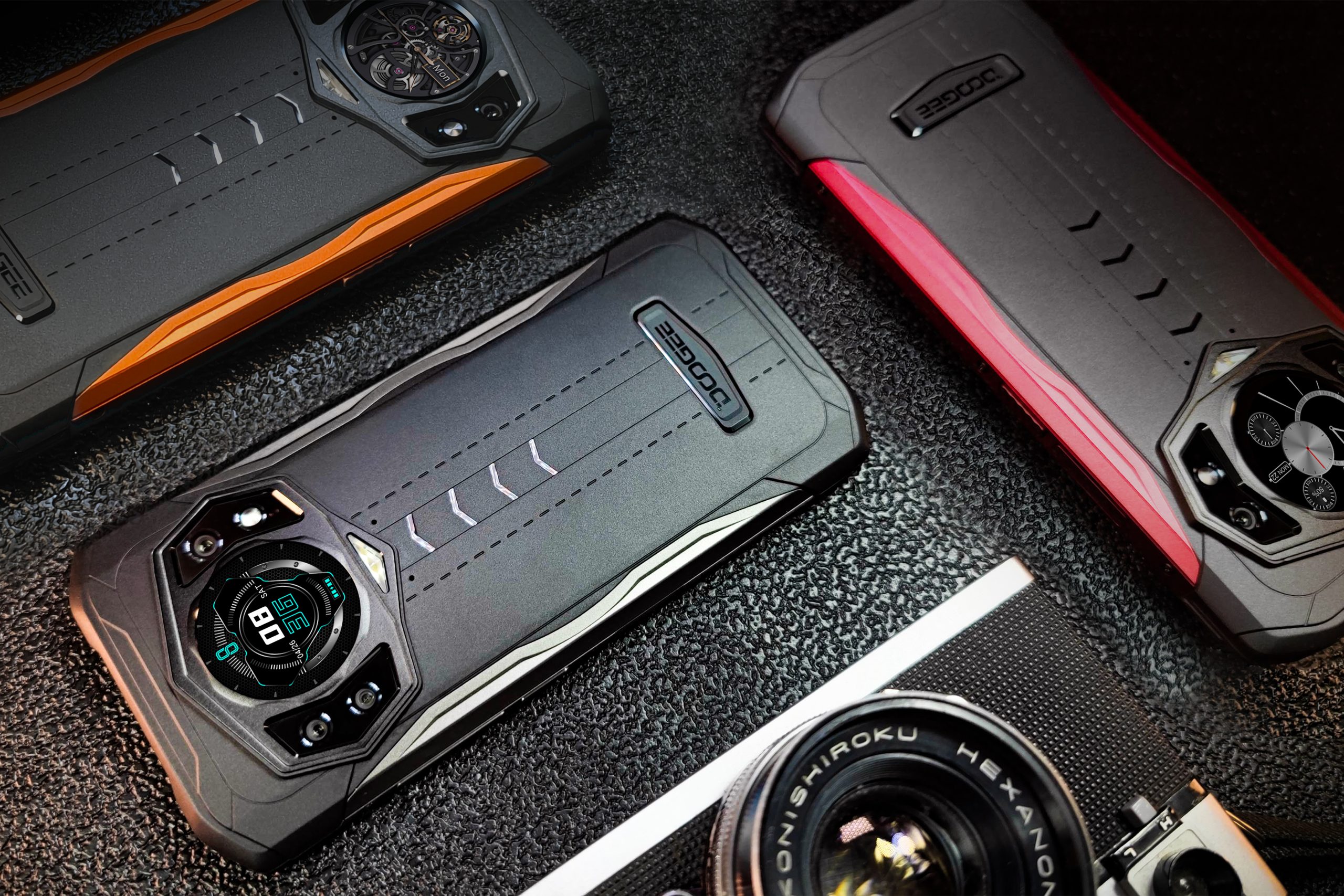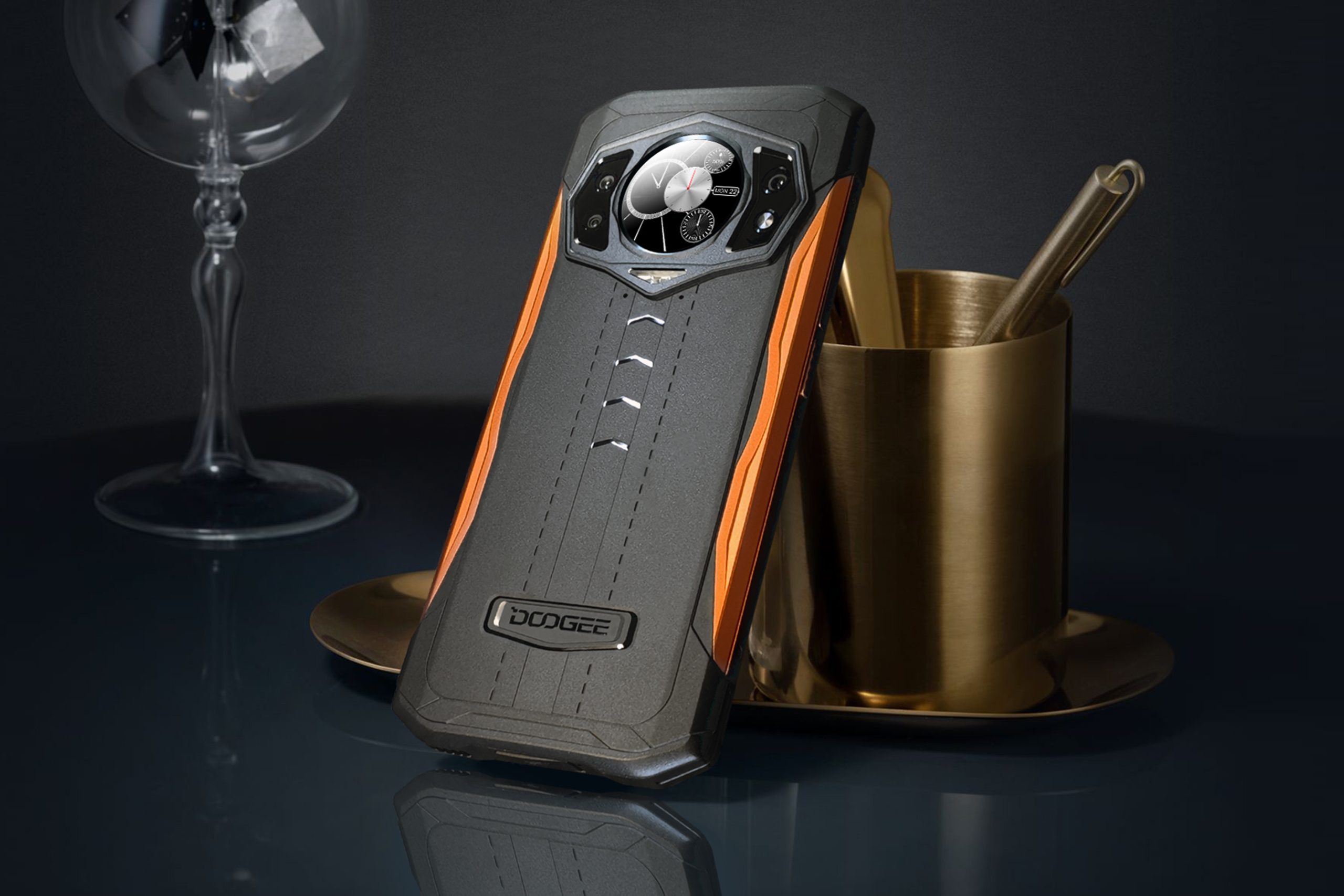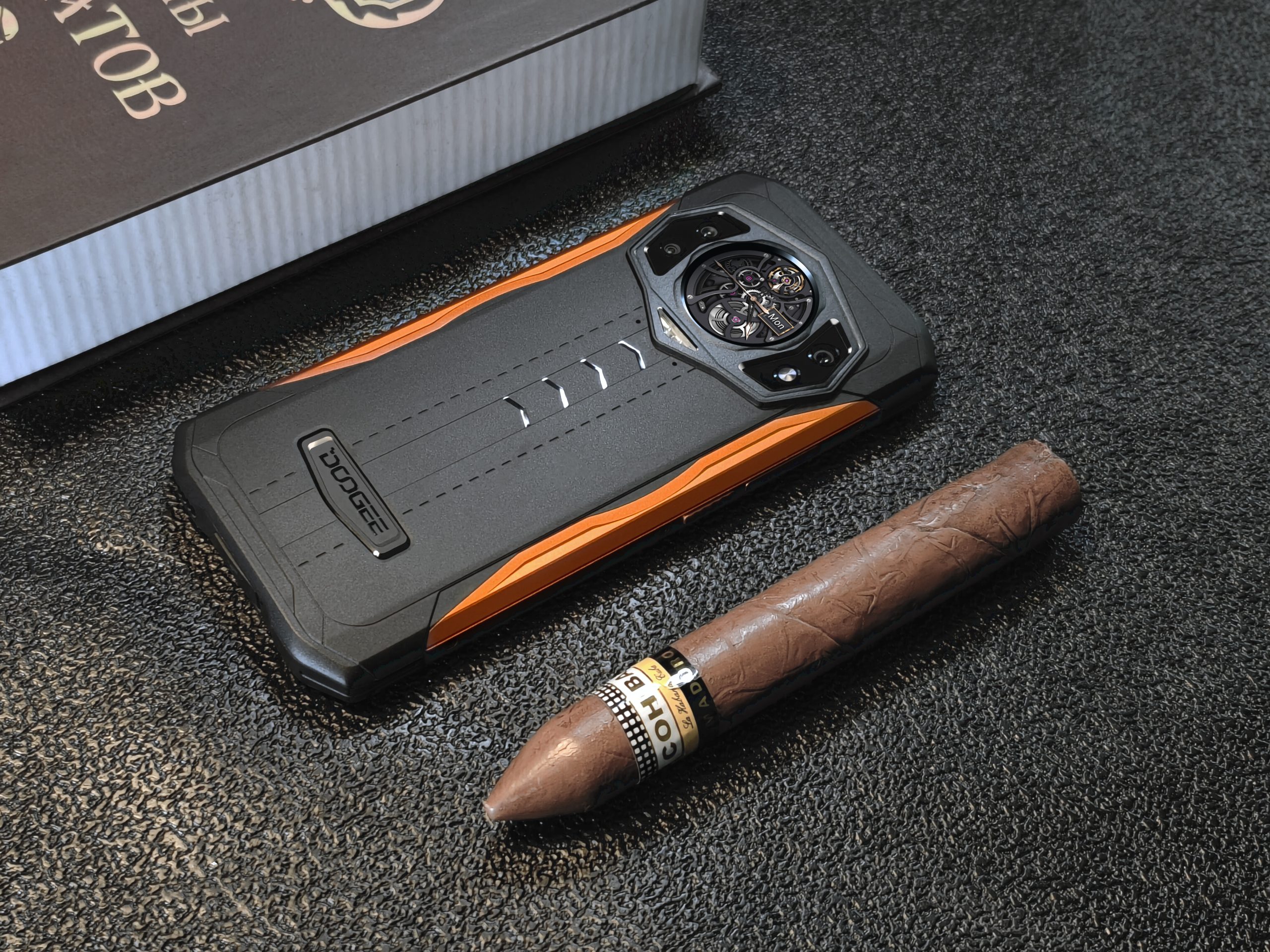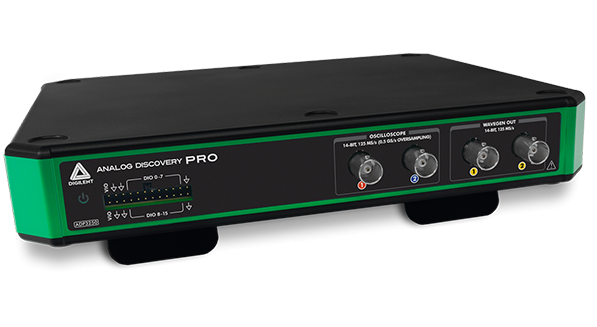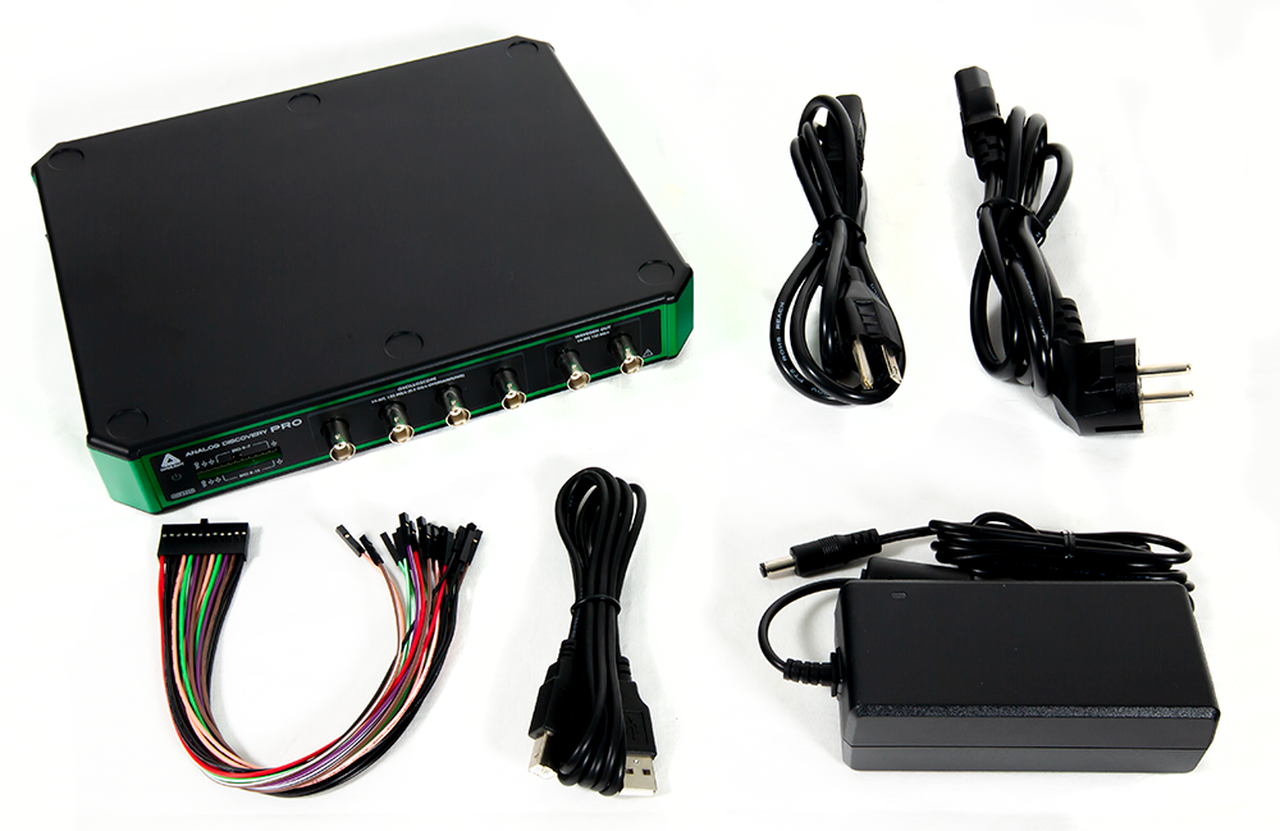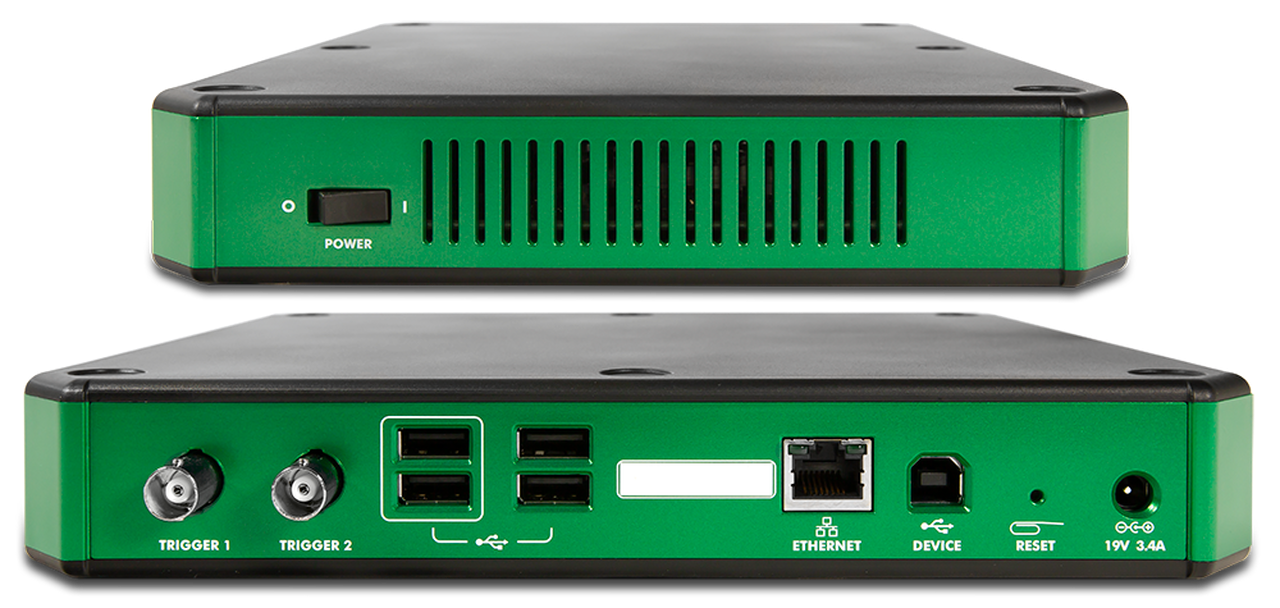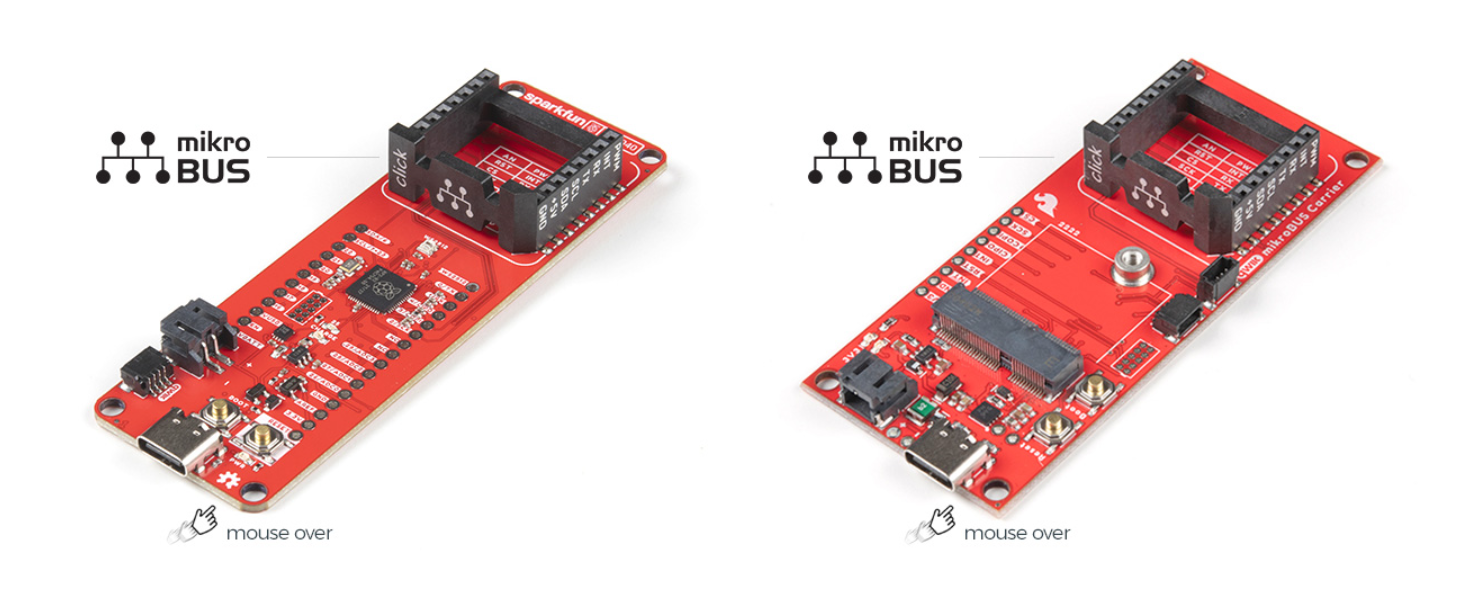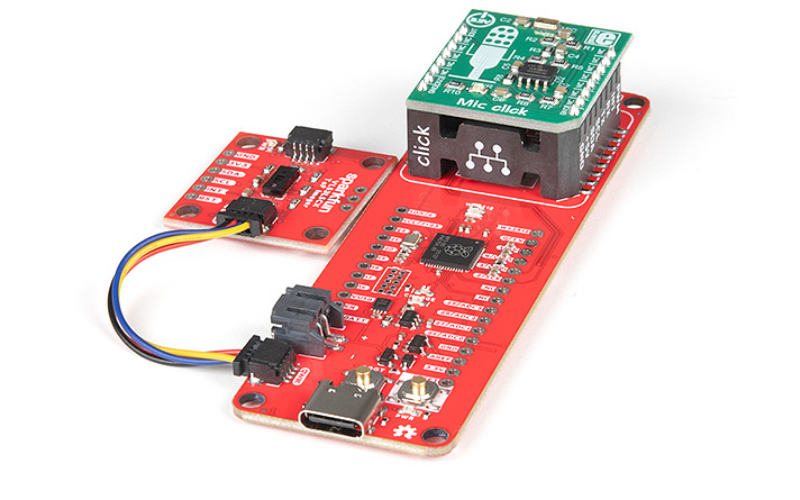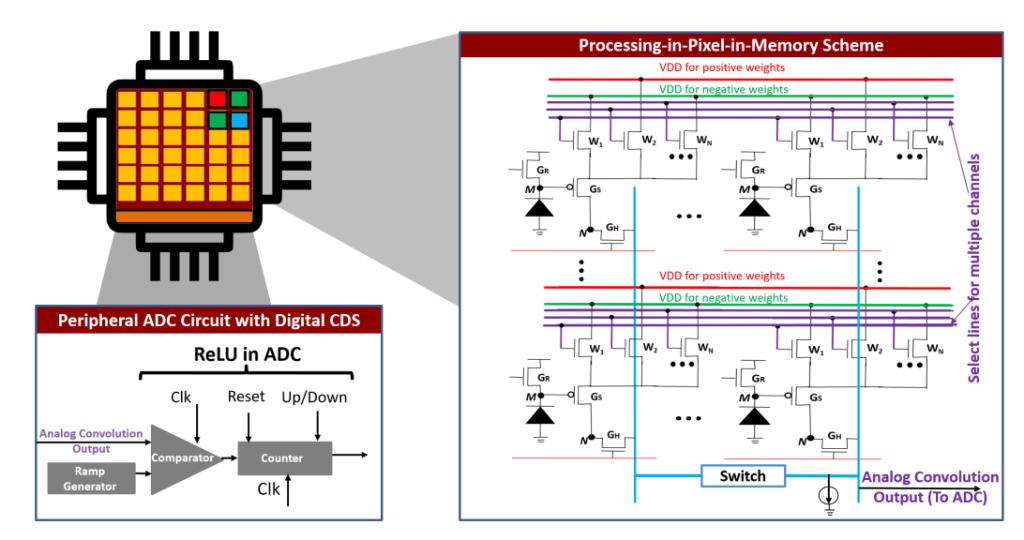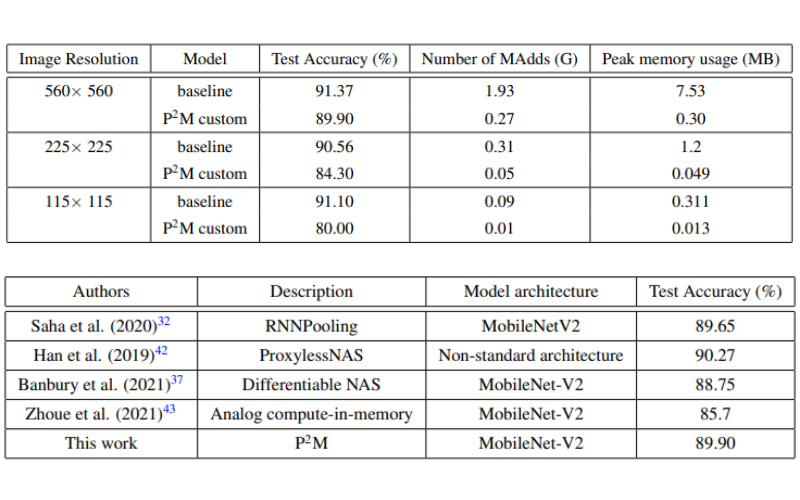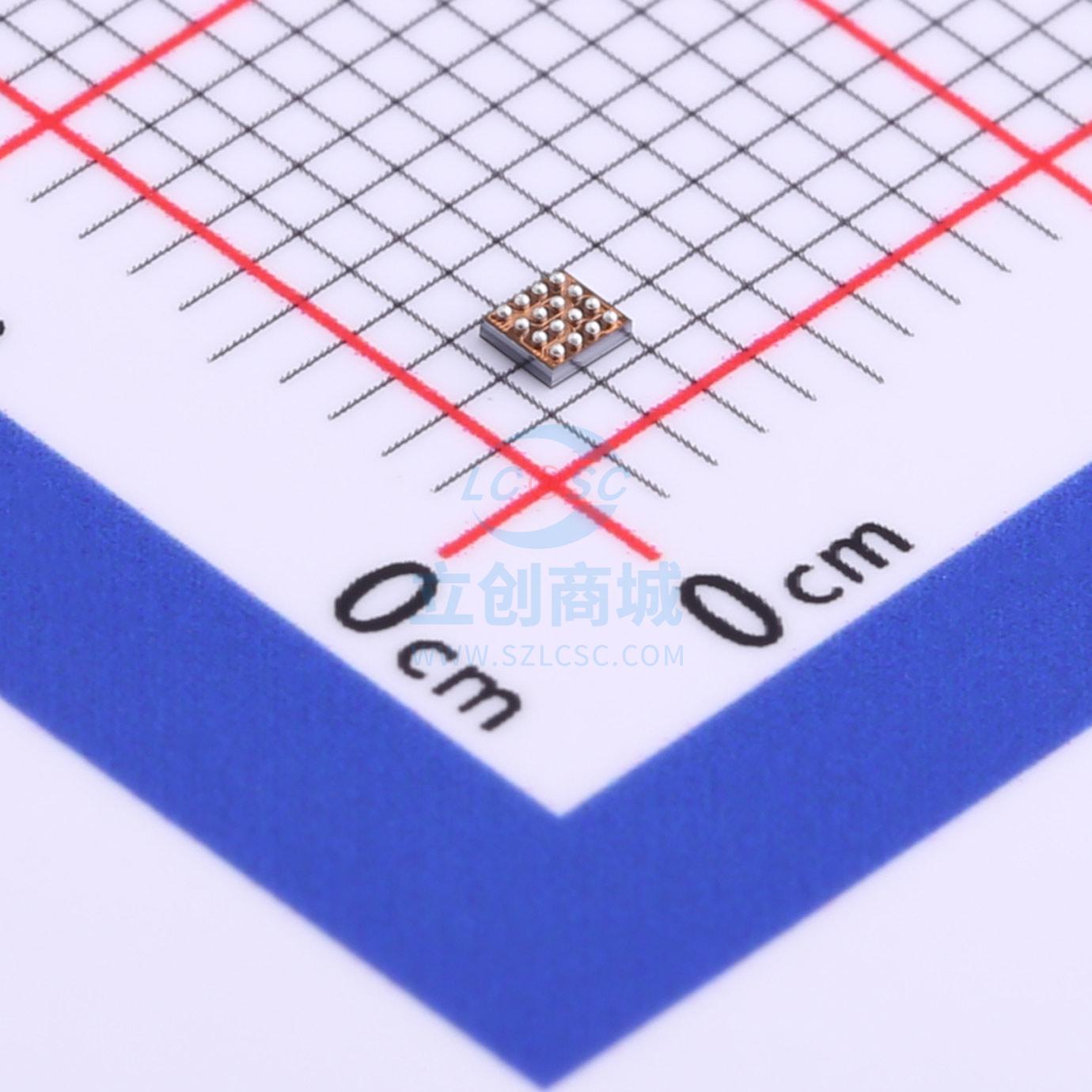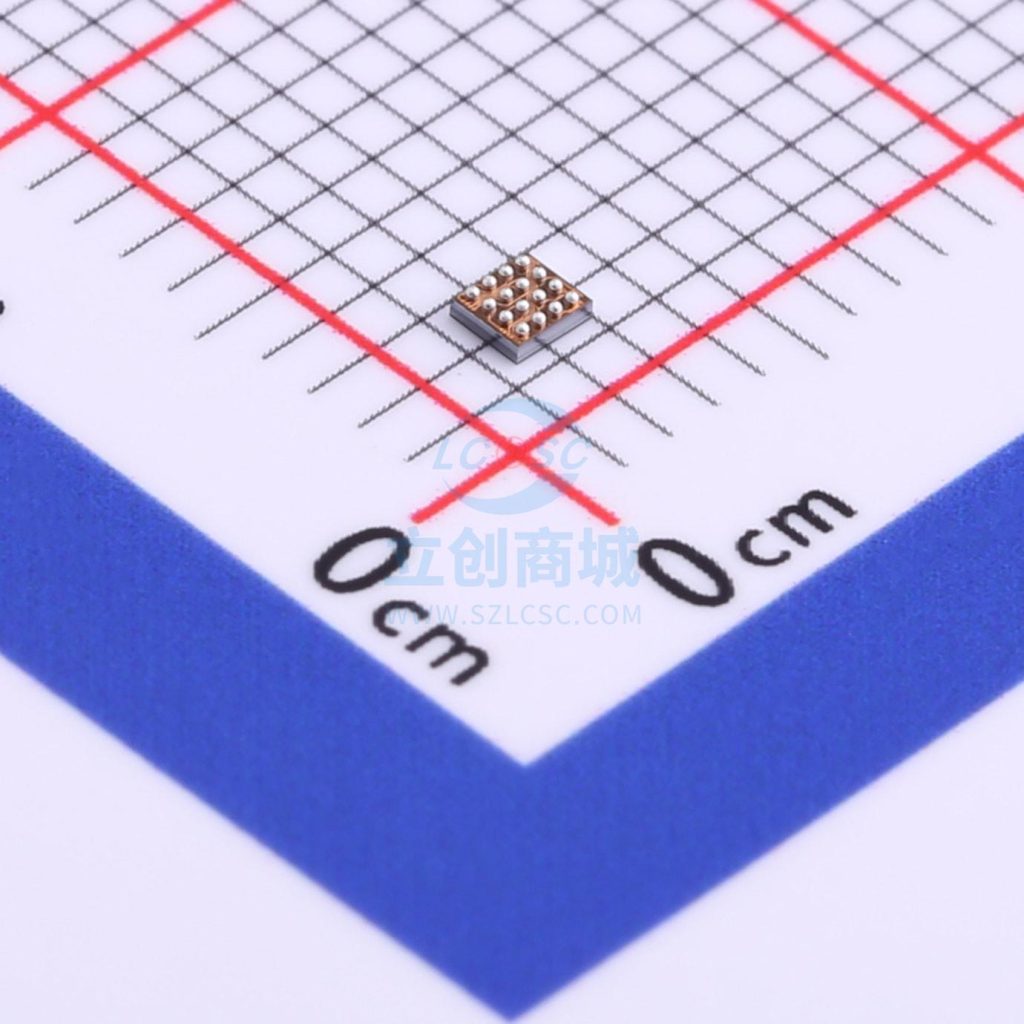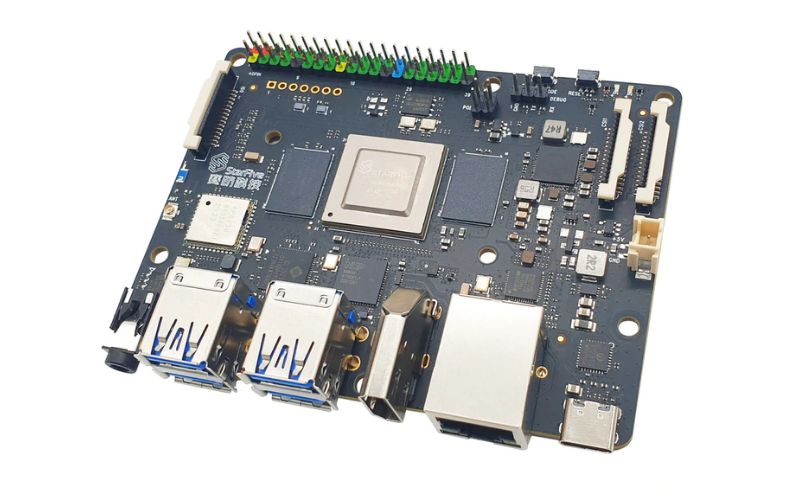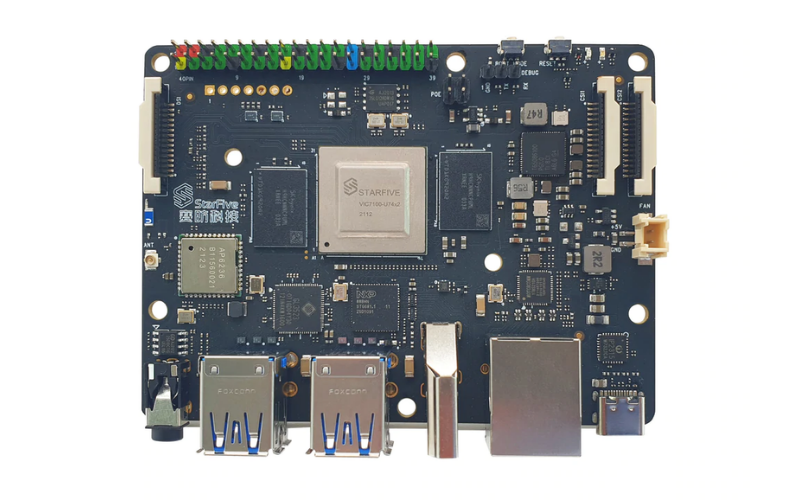Foundries.io and Arduino announce their partnership to deliver secure, cloud-based embedded Linux IoT and Edge solutions for enterprise with the flagship Arduino Pro Portenta X8 system on module (SoM). Arduino Pro Portenta X8 is an SoM that combines a Linux-based PaaS with docker support to the functionality of a Portenta H7 SoM.
Security factor determines the scalability of the target application for IoT or Edge products, thus an agile infrastructure plays a significant role in making the solution fitter for the industry.
This product enables secure management and maintenance of IoT devices because all the software needed to securely update edge devices is provided through a robust DevOps platform. The IoT and Edge devices market is expected to grow in the next five years. It’s the responsibility of every Linux-based device maker to handle security, testing, and maintenance, but for many this requires they branch out into a completely different field of networking and security.
The solutions for enterprise businesses must handle cyber security of these devices and dedicated infrastructure for maintaining the Linux OS., firmware, and applications. Foundries.io solves these issues through a utility called FoundriesFactory, a cloud-based DevOps service to build, test, deploy, and maintain IoT and edge devices. It accelerates product firmware, OS, and applications development, and provides support for monitoring and incremental Over The Air (OTA) updates of the Linux OS, firmware, and applications of devices and fleets.
Hence, Arduino and Foundries.io, each with their respective expertise, simplified the approach for a ready-to-use solution that can help our customers build IoT and edge systems with confidence. By embedding a FoundriesFactory in the Arduino platform, customers can be sure to choose the best solution on the market.
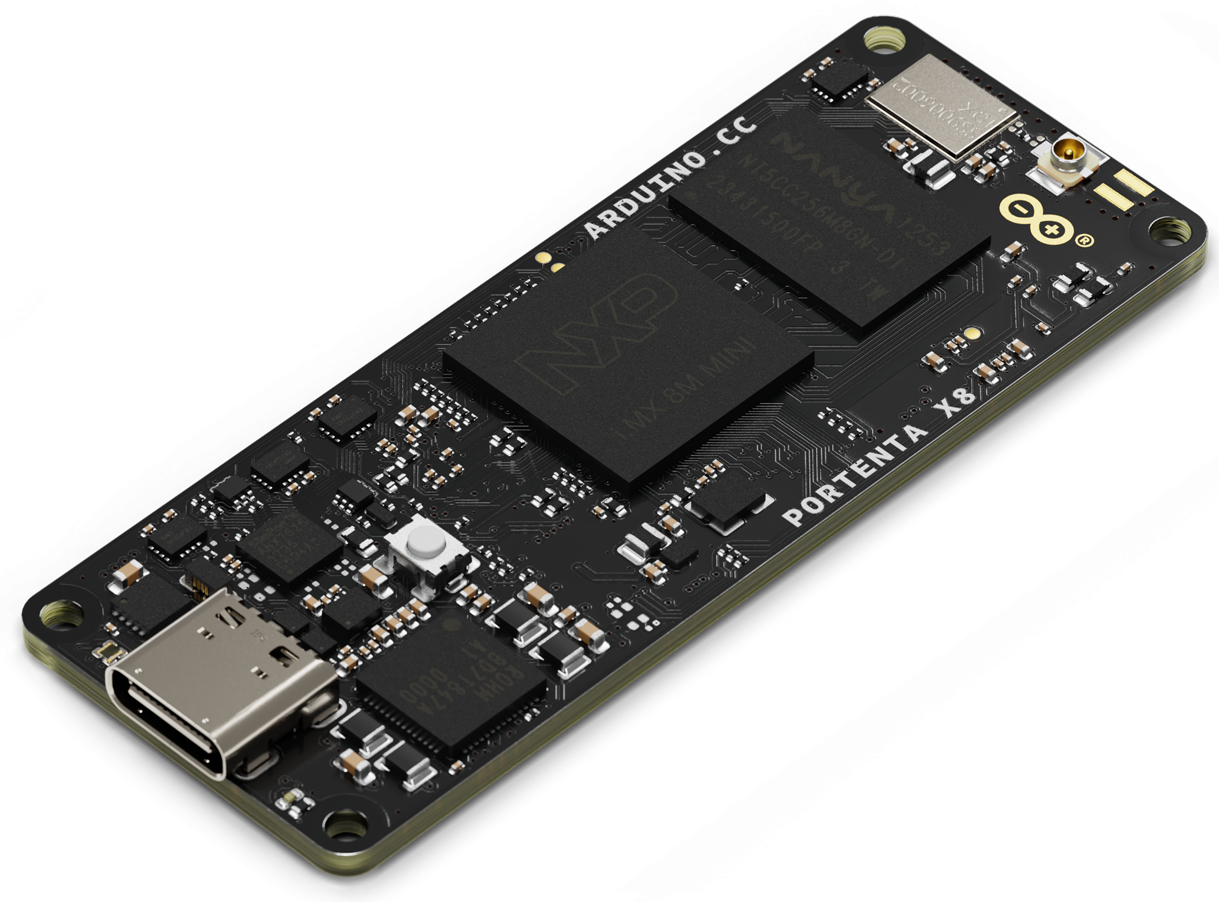
Previously, Arduino pioneered a new product category by integrating microcontrollers and microprocessors on a single hardware platform. Now Arduino Pro Portenta X8 aims to take this experience to the next level by providing the same flexibility to enterprises.
The combination of the Portenta X8 and the FoundriesFactory basically provides a robust microcontroller for IoT edge devices with infrastructure to maintain and secure the underlying Linux OS. Besides, cloud support gives freedom of choice for connectivity to public or private cloud services. Plus, docker container support and orchestration can maintain a whole fleet of edge and IoT devices through FoundriesFactory.
FoundriesFactory is accessible for the Pro Portenta X8 hardware platform. Users can immediately connect Arduino Portenta X8-based products to the cloud and start developing container-based applications through in-built docker support, leveraging device management and DevOps capabilities. Some of the support features provided by FoundriesFactory concerning software development, device management, and OTA maintenance are:
FoundriesFactory Software Support
The FoundriesFactory service provides many open source projects as a service combined to form a complete software platform. Since individual components are open source, they can be easily customized as per product requirements and add your proprietary IP.
FoundriesFactory implements software engineering concepts of CI (continuous integration) for testing and maintenance of edge devices. The user can store privately source code for different builds using git management. The CI pipeline gets triggered for each commit to building the latest code. It also allows testing on local or remote devices without re-flashing.
Once development is completed, it is easy enough to promote to release through the above CI pipeline. This could enable the user to deploy updates as needed based on the use case, compliance and market requirements.
Apart from this, it has full support for Docker containers (optional) to simplify the orchestration of edge devices and services. Also, the user can customize some of the OS code as per the hardware and application use case.
FoundriesFactory Device/Fleet Management
The user can provision secure devices with individual keys during or post-manufacture to leverage external Hardware Security Modules for secure protocols.
Also, the user can update remote devices and fleets using the Factory CLI or REST API and get secure access to remote devices through a VPN service.
To know more about FoundriesFactory services, please visit this link.
FoundriesFactory – OTA Update Feature Architecture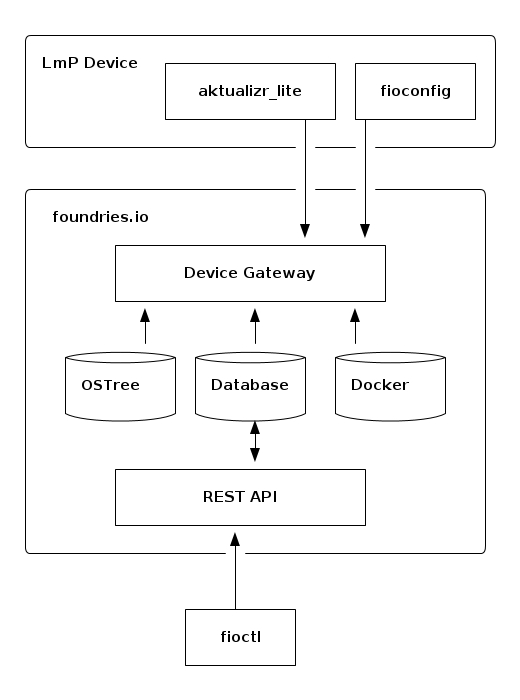
Edge devices communicate with the device gateway using mutual TLS. The device gateway provides a set of REST APIs to support aktualizr-lite, fioconfig and docker authentication.
Aktualizr-lite and fioconfig run as separate daemons that periodically poll the device gateway with HTTP GET requests on configurable intervals. Due to the fact devices are polling the server, REST API changes requested by fioctl happen asynchronously.
Aktualizr-lite validates available targets that a device may install. The algorithm followed for OTA updates on edge devices is:
- Check for new root.json. This allows a device to know about key rotations before going further.
- Request for timestamp.json metadata.
- Request for the snapshot.json metadata.
- Ask for the targets.json metadata.
At this point, the device will have all the details regarding new updates and install the latest target build accordingly.
This explains all about Arduino Pro Portenta X8 and FoundriesFactory integration to deliver enterprise-ready cloud-based Linux solutions to secure and maintain hardware OS.




